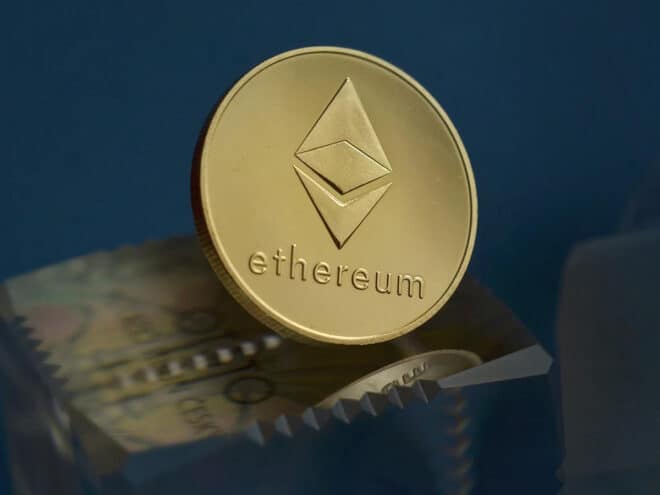With its distinctive whitepaper, Ethereum was created to be the next iteration of blockchain technology. But aside from its general technological advancements, what are the secrets about Ethereum that could shape your trading decisions? In this article, we’ll reveal these secrets and explain how understanding key concepts can help you get ahead.
Smart Contract Functionality
One of the more interesting features of Ethereum is called smart contracts, which are instructions stored on the blockchain that execute actions when particular conditions exist. This opens up endless possibilities for developers to create new and innovative applications on top of the network. Using these smart contracts allows developers to create decentralized applications (DApps) where users can engage in peer-to-peer transactions without needing a third-party intermediary like a bank or government.
The Ethereum Virtual Machine
At its core, Ethereum is powered by a sophisticated piece of software called the Ethereum Virtual Machine (EVM). This virtual machine runs every transaction on the network in order to ensure that it is secure and fast – thus upholding its immutability as well as keeping all validated data immutable too. The EVM allows user accounts on the network to interact securely within their own environment without any outside interference or malicious intent from other users on the system itself.
Decentralized Autonomous Organizations
Another exciting feature available with Ethereum is decentralized autonomous organizations (DAOs). These virtual entities are self-organizing using built-in protocols so there’s no need for a third party like banks and brokers to take part in transactions taking place within them. They’re run by crowd-sourced worker nodes which communicate together via consensus protocols running over multiple computers around the world rather than one single server controlled by one single organization or party.
Decentralized Finance (DeFi)
The development of Decentralized Finance (DeFi) has propelled Ethereum into mainstream consideration among traders eager to benefit from new trading strategies and platforms made possible by smart contracts and DAOs enabled through distributed ledger technology. By utilizing DeFi applications built upon those features, traders now have access to financial instruments such as synthetic assets, tokenized securities, algorithmic stablecoins, derivatives markets and various lending portals using digital assets denominated in ETH or ERC20 tokens—all without having to trust any individual or centralized platform or government entity for storing their funds safely or settling disputes in case of a disagreement between parties involved.
Conclusion
Ethereum may not be sexy like other cryptocurrencies but if you understand these key concepts you’ll be better placed when it comes time to make trading decisions – whether they involve executing digital currencies directly against each other, creating new methods of cutting out middlemen in value exchanges, investing in more secure long term assets with invested voting rights thanks to DAOs powered by smart contracts – or exploiting arbitrage windows thanks to automated market makers based on DeFi algorithms algorithms underpinned by layer two scaling solutions!

